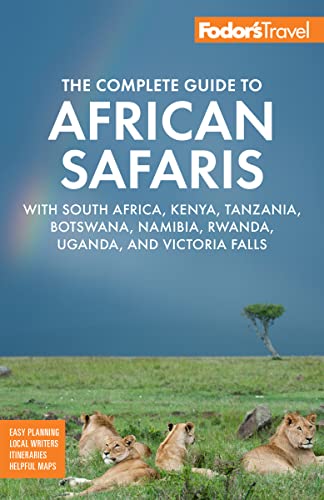Namib-Naukluft Park, south of Walvis Bay, is the fourth-largest national park in the world and is renowned for its beauty, isolation, tranquillity, romantic desert landscapes, and rare desert-adapted plants and creatures.
Covering an area of 12.1 million acres, it stretches 400 km (248 miles) long and 150 km (93 miles) wide, along the southern part of Namibia's coastline from Walvis Bay to Lüderitz, and accounts for a tenth of Namibia's surface area. The Namib Desert is considered the world's most ancient desert, at more than 55 million years old. To examine the park properly, it's best to think of it as five distinct areas: the northern section—between the Kuiseb and Swakops rivers—synonymous with rocky stone surfaces, inselbergs (granite islands), and dry riverbeds; the middle section, the 80-million-year-old heart of the desert and home of Sesriem Canyon and Sossusvlei, the highest sand dunes in the world; Naukluft (meaning "narrow gorge"), some 120 km (74½ miles) northwest of Sesriem, which has wall-to-wall game and birds and is the home of the Kuiseb Canyon; the western section, with its lichen-covered plains, prehistoric plants, and bird sanctuaries of Walvis Bay and Sandwich Harbour; and the southern section, where, if you're traveling up from South Africa by road, it's worth having a look at Duwisib Castle, 72 km (45 miles) southwest of Maltahöhe beside the D286—an anachronistic stone castle built in 1909 by a German army officer who was later killed at the Somme. The park's southern border ends at the charming little town of Lüderitz.
The kind of wildlife you'll encounter will depend on which area of the park you visit. In the north look out for the staggeringly beautiful gemsbok (oryx), the quintessential desert antelope, believed by some to be the animal behind the unicorn myth. Well-adapted for the desert, they obtain moisture from roots, tubers, and wild melons when water is scarce, and adapt their body temperatures and brains through specialized nasal blood vessels. Also found in the park are more than 50 species of mammals, including springboks, zebras, leopards, caracals, Cape and bat-eared foxes, aardwolves, and klipspringers as well as cheetahs, spotted hyenas, black-backed jackals, and the awesome lappet-face vultures, the biggest in Africa.
There are almost 200 species of birds, from the startlingly beautiful crimson-breasted shrike to soaring falcons and buzzards. You'll notice huge haystacks weighing down tall trees and telephone poles. These are the condominiums of the sociable weavers, so called because they nest communally, sometimes with thousands of fellow weavers.
You'll be able to observe some of the earth's strangest creatures in the sand dunes: the dune beetle, which collects condensed fog on its back into a single droplet that it then rolls down its back into its mouth; the golden mole (thought until recently to be extinct), which "swims" beneath the sand, ambushing beetles and grubs on the surface; the side-winding adder; and the sand-diving lizard that raises one foot at a time above the hot sand in a strange stationary dance.
Don't overlook the amazing desert-adapted plants including the nara melon, still harvested and eaten by the locals, the baffling geophytes, plants that disguise themselves as stones, and the mind-boggling Welwitschia mirabilis, the Namib's most famous, and the world's oldest, living plant.






